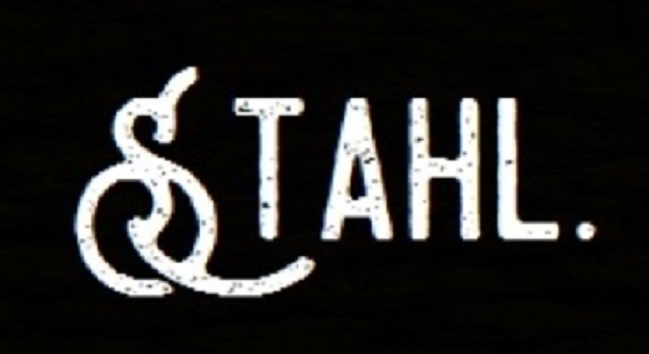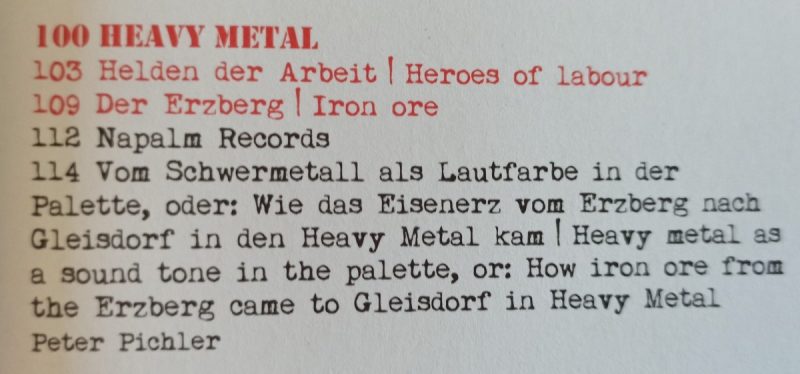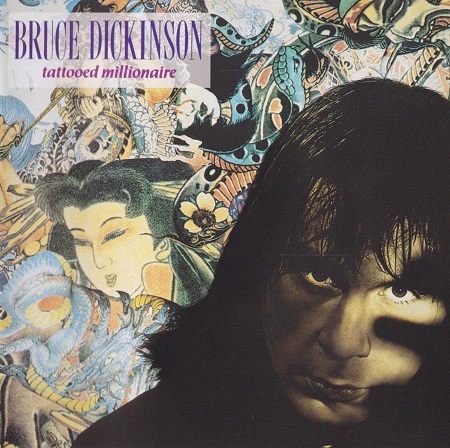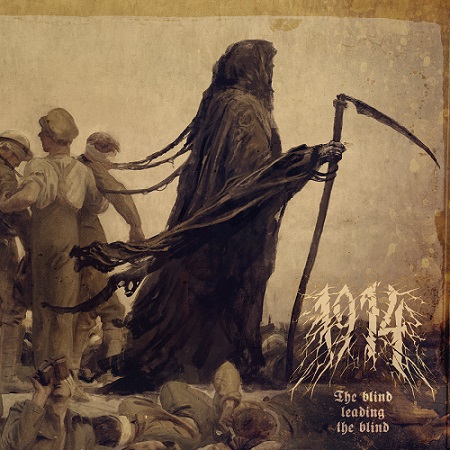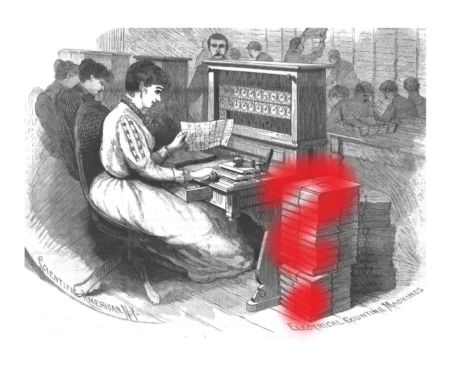The picture above shows part of the table of contents of the catalogue for the exposition “Palette” by the Austrian artists Helmut and Johanna Kandl. I contributed an article to the catalogue.1 The publication of this article and the opening of the exhibition with a section on heavy metal mark in a way the end of the empirical phase in my research project.
I spent the last year empirically researching the local heavy metal scene in Graz and Styria. Two research methods were the focus: oral history and semiotic discourse analysis. The Covid19 pandemic did not make conducting the research any easier, but I think the “hunt for data” was successful. I have a rich body of oral history data and cultural artifacts from all four decades of the scene’s history. Those artefacts will be analyzed as historical sources. Musicological research from the first year of the project is an important component of the scholarly examination of this scene. A first article about our results can be read online.
In these weeks of completing the empirical phase, it finally struck me the fundamental extent to which the specific values, individual rules and local music of this scene form one integral cultural fabric. In order to understand this cultural history, it is necessary to analyze it at the intersection of morals, attitudes towards law and the musical language of metal, that is, to explore what I call the local norm-related sonic knowledge. This perspective on the junctures of texts, images, practices and sounds will be the focus of the book I will begin writing in early 2022.
Peter Pichler, Vom Schwermetall als Lautfarbe in der Palette, oder: Wie das Eisenerz vom Erzberg nach Gleisdorf in den Heavy Metal kam, in: Kunsthaus Graz/Landesgalerie Niederösterreich, eds., Helmut und Johanna Kandl: Material + Archive, Wien: Verlag für moderne Kunst, 2021, 114-120. ↩
